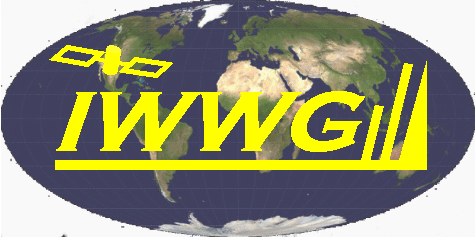Aeolus – The First Doppler Wind Lidar in Space – How Well Does It Perform?
Aeolus was launched by the European Space Agency (ESA) on 22 August 2018. Aeolus is an ESA Core Explorer mission dedicated to measuring atmospheric dynamics. It is a unique mission in that it provides wind profiles from space for the first time in history. According to the World Meteorological Organisation, lack of wind profile information is the biggest gap in the global observing system (GOS). Aeolus is a next step to start closing this wind data gap.
Aeolus carries a Doppler wind lidar (DWL), which is operated in the ultra-violet part of the electromagnetic spectrum at 355nm laser wavelength. At this wavelength, Aeolus measures winds in clean air conditions, from the molecular or Rayleigh channel, and in conditions with cloud and/or aerosol loading, from the Mie channel.
The quality of Aeolus winds can be assessed, among others, by comparing against wind data from an independent data source. To build statistics over a relative short time span requires a dense network of independent wind data to minimize the temporal and spatial separation of co-located winds from both data sources. Mode-selective (Mode-S) enhanced surveillance (EHS) derived winds from aircraft data are a suitable candidate with a dense network of winds over parts of Europe with observations separated by 1 km along the aircraft tracks, at ascent, descent and at cruise level.
Statistics of Aeolus winds versus Mode-S EHS winds are presented as a function of observation separation in time and space. It shows biases in Aeolus winds, changing over time, and provides an estimate of the observation error standard deviation. Bias-free observations and a correct error standard deviation estimate are prerequisites for observations to be beneficial for numerical weather prediction. Bias correction schemes can be tested using Mode-S EHS winds.






